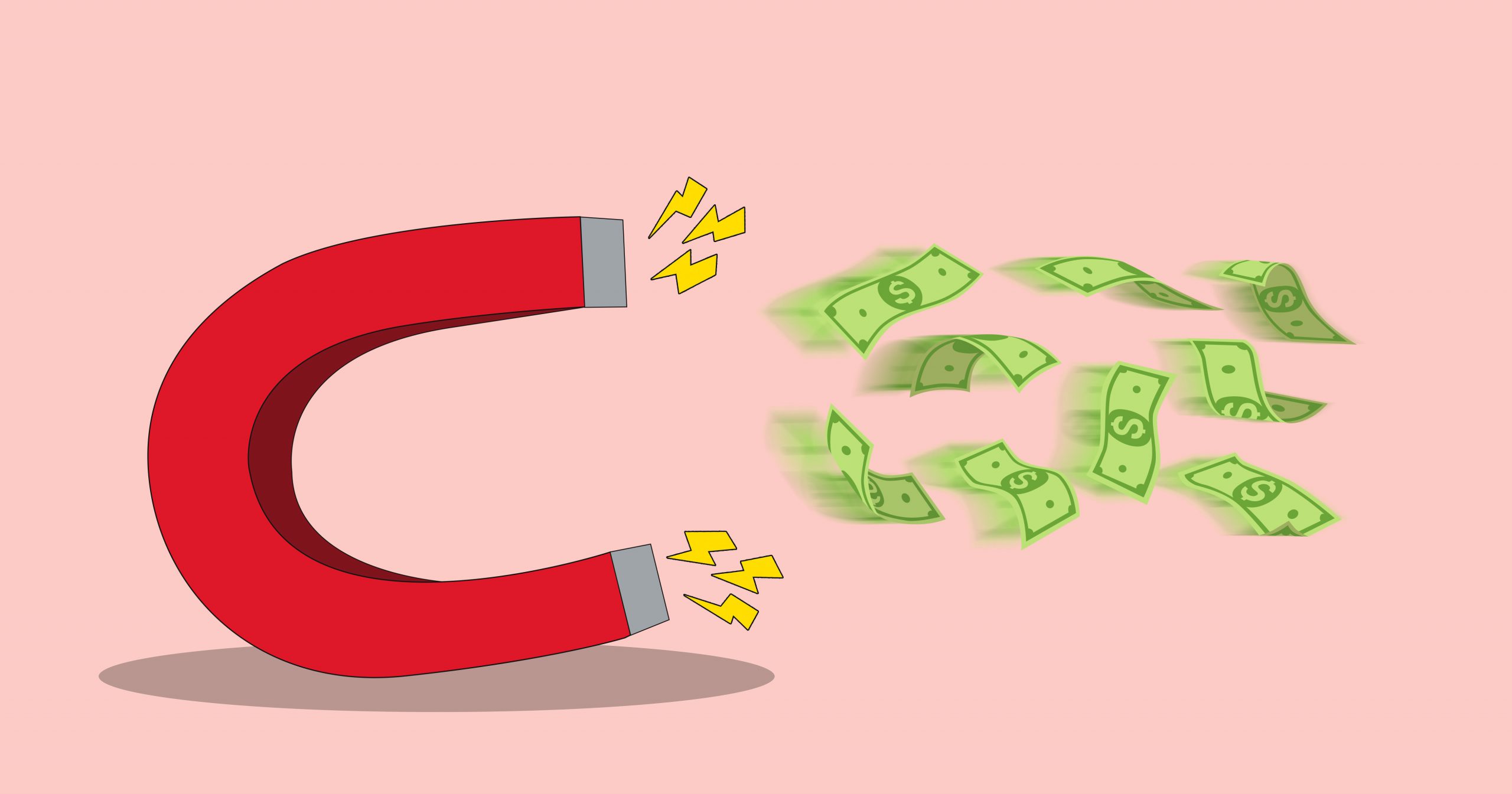The working capital turnover ratio It is a term that refers to a ratio used to measure the efficiency and effectiveness of the company in using its working capital to support its growth and development and to multiply its sales. This criterion measures the relationship between the funds used to finance the company’s operations and the returns achieved to ensure the continuity of these businesses and to generate profits.
Analysts and investors compare working capital turnover rates for different companies operating in the same sector in order to measure the efficiency and effectiveness of each company in using its working capital.
Where a high turnover ratio of working capital indicates the efficiency of the company in using its short-term assets to support its sales, a low turnover rate indicates that the company invests its money in its inventory and accounts receivable to support its sales, which in turn may lead to the accumulation of many debts. If the company has bad debts or its stock becomes obsolete, it becomes exposed to damage.
Correct and balanced management of working capital helps maintain the smooth running of the company’s operations and the cash conversion cycle (CCC), which in turn refers to the minimum time required by the company to convert its net assets and liabilities into cash. If the company does not have enough working capital to cover its obligations, this may lead to financial hardship that may cause many legal problems, decrease its cash flow, or expose it to bankruptcy.
Formula for calculating the working capital turnover ratio
Turnover Ratio = Net Annual Sales / Average Working Capital
Where annual net sales refer to the total sales achieved by the company (gross sales) over the year minus the returns, bonuses, and discounts, and average working capital refers to the average current assets (average current assets) minus the net current liabilities or liabilities of the company (average current liabilities).
If, for example, we assume that a company achieved net sales of 12 million dinars during a year and its average working capital during this period was 2 million dinars, then it is:
Working capital turnover = 12,000,000 divided by 2,000,000 equals 6.
This in turn means that every dinar invested in working capital results in 6 dinars in returns.
Advantages of calculating the working capital turnover ratio
The following are some of the most significant benefits of calculating the working capital turnover ratio:
- Ensuring the presence of cash: The effective and correct management of working capital ensures that the company is able to view its accounts receivable and pay them periodically, and manage its debts and liabilities in the correct manner, as it is aware of the places and ways of spending its money and how to make full use of it.
- Improving the company’s financial position: By calculating the working capital turnover rate, the company can manage and evaluate its incoming and outgoing cash flows, as determining the correct mechanism for spending money is clearly reflected on the company’s general financial position, which in turn is evident in the size of the profits that it achieves. Also, calculating the working capital turnover rate contributes to reducing unnecessary and excessive expenses, which may sometimes oblige the company to borrow money from different sources, in addition to the working capital turnover rate attracting more investors and thus allowing the company to expand.
- Enhancing the value of the company: The high turnover rate of working capital indicates the efficiency of the company in managing its cash flow, and this in turn distinguishes it from other companies operating in the same sector and thus gives it greater value and a higher position.
- Avoiding problems in the company’s operational operations: Knowing the working capital turnover rate helps the company avoid disruptions in its operational operations by providing management with the necessary information that enables it to benefit from and benefit from its cash flow, and the correct use of working capital helps reduce potential obstacles and obstacles in the production processes and maintain the profitability of the company.
- Enhancing the profitability of the company: The effective management of working capital doubles the profitability of the company in the long run by reducing potential errors in the spending process and making the most of working capital, so that the company can at the same time save money and use the available liquidity correctly.

Disadvantages of using the working capital turnover ratio
- The working capital turnover ratio looks at the monetary aspects only, without focusing on the non-monetary aspects that may also have an important and significant impact on the company’s financial position, such as the economic recession the country is going through and many other things.
- A high capital turnover rate may not always be a good indicator, as it may sometimes indicate that the company does not have enough capital to maintain sales growth, which may lead to bankruptcy in the future if the rate is excessively high and unprecedented. The company should analyze its financial position and take the necessary arrangements and measures to avoid collapse.
Read also: The capitalist system as you’ve never known it…



